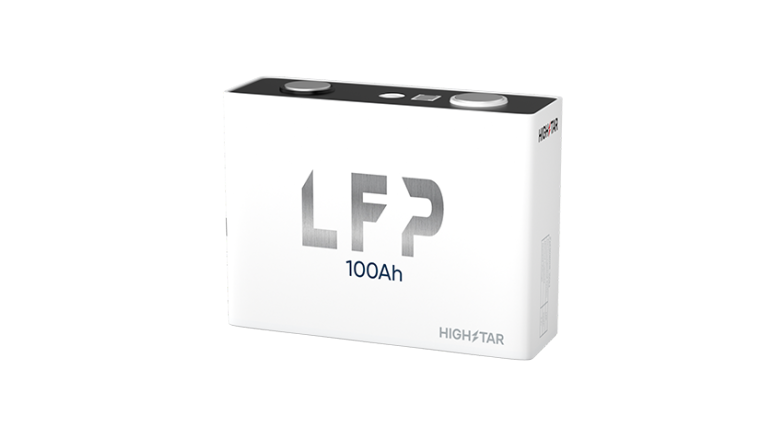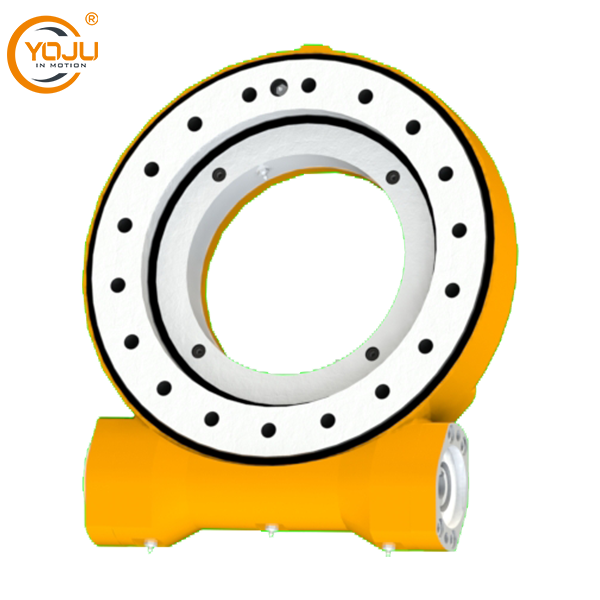Sapphire Glass vs. Mineral Glass: A Comprehensive Analysis of Durability, Clarity, and Applications
When it comes to choosing the right type of glass for watches, smartphones, and other high-end devices, two materials often come into play: sapphire glass and mineral glass. While both serve the fundamental purpose of protecting delicate components, they differ significantly in terms of composition, durability, optical clarity, and applications. This post aims to delve into these differences, providing a nuanced understanding that can aid consumers and manufacturers alike in making informed decisions.
Composition and Manufacturing Process
Sapphire Glass
Sapphire glass, also known as synthetic sapphire, is made from aluminum oxide (Al2O3) and is produced through a process called the Verneuil method or the Czochralski process. This involves heating aluminum oxide to extremely high temperatures until it melts and then allowing it to crystallize into a solid form. The result is a transparent, hard material that is second only to diamond in terms of hardness, rating a 9 on the Mohs scale.
Mineral Glass
In contrast, mineral glass is typically made from silica (SiO2) and other additives that enhance its properties. It is produced through traditional glass-making techniques, which involve melting raw materials and shaping them into sheets. Mineral glass is more affordable and easier to produce than sapphire glass, which contributes to its widespread use in lower-end watches and devices.
Durability and Scratch Resistance
One of the most significant differences between sapphire glass and mineral glass lies in their durability and scratch resistance.
Sapphire Glass
Due to its exceptional hardness, sapphire glass is highly resistant to scratches and impacts. This makes it an ideal choice for luxury watches and high-end smartphones, where maintaining a pristine appearance is crucial. However, while sapphire glass is resistant to scratches, it is not entirely shatterproof. Under extreme conditions, it can crack or chip, although this is less common than with mineral glass.
Mineral Glass
Mineral glass, while more prone to scratches, is generally more shatter-resistant than sapphire glass. This means that in situations where impact is more likely than scratching, mineral glass may perform better. However, the trade-off is that mineral glass will show signs of wear and tear more quickly, requiring more frequent replacement or polishing.
Optical Clarity and Light Transmission
When it comes to optical clarity, both types of glass have their strengths.
Sapphire Glass
Sapphire glass offers superior optical clarity, allowing for high light transmission and minimal distortion. This quality makes it particularly desirable for applications where visual accuracy is paramount, such as in high-end watches and camera lenses. Additionally, sapphire glass often has anti-reflective coatings applied, further enhancing its clarity and usability in bright conditions.
Mineral Glass
Mineral glass also provides good optical clarity, but it may not match the level of sapphire glass. The presence of impurities and the manufacturing process can lead to slight distortions, particularly in thicker pieces. However, mineral glass can be treated with coatings to improve its scratch resistance and reduce glare, making it a viable option for many applications.
Cost and Applications
Sapphire Glass
Due to its complex manufacturing process and superior properties, sapphire glass is significantly more expensive than mineral glass. This cost is often justified in luxury items where durability and aesthetics are paramount. Common applications include high-end watches, premium smartphones, and specialized optical devices.
Mineral Glass
Mineral glass is more cost-effective, making it the preferred choice for budget-friendly watches, everyday smartphones, and various household items. Its affordability allows manufacturers to produce devices at a lower price point, appealing to a broader consumer base.
Conclusion
In summary, the choice between sapphire glass and mineral glass ultimately depends on the specific needs and budget of the consumer or manufacturer. Sapphire glass excels in durability, scratch resistance, and optical clarity, making it ideal for luxury and high-performance applications. On the other hand, mineral glass offers a more affordable alternative with decent durability and shatter resistance, suitable for everyday use. Understanding these differences can help consumers make informed choices and manufacturers design products that meet the varying demands of the market.

